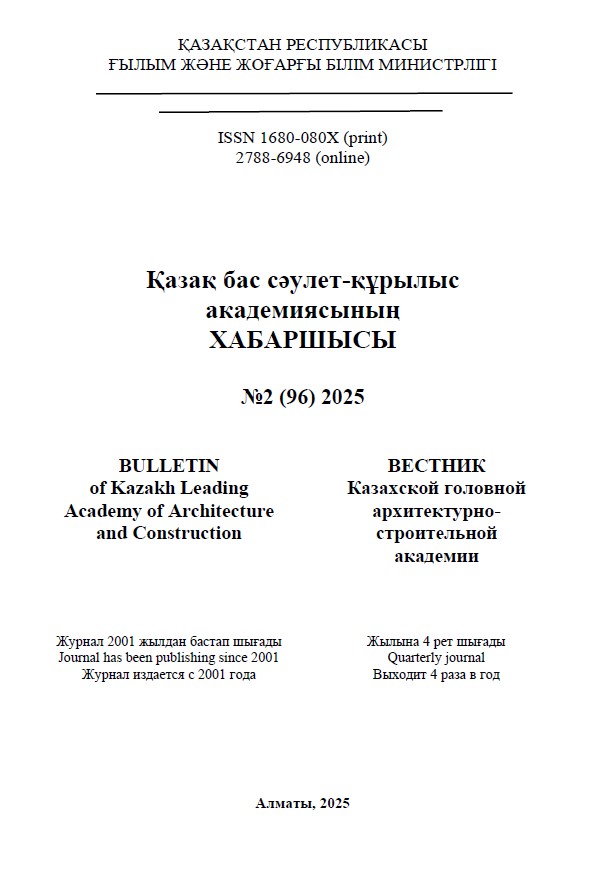Abstract
In the context of intensified housing construction and the transition to a "green" economy in the Republic of Kazakhstan, the demand for energy-efficient and environmentally friendly building materials is increasing. Against the backdrop of a shortage of high-quality clay raw materials, the use of ash and slag waste (ASW) from thermal power plants in the production of construction ceramics is becoming especially relevant. Chemical and phase analysis of ash and slag from Pavlodar TPP-3 and natural clay from the Pavlodar deposit has been made in the study. X-ray fluorescence analysis (XRF) and X-ray diffraction (XRD) methods have been applied using Bruker equipment. The data obtained have been interpreted according to current international standards. Ash and slag materials contain up to 61.19% SiO₂ and 18.61% Al₂O₃, as well as significant amounts of fluxing oxides (CaO, MgO, K₂O), which help reduce sintering temperature. The clay is characterized by high Al₂O₃ and Fe₂O₃ content, which makes it suitable for the production of red-fired ceramic products. X-ray fluorescence analysis confirmed the presence of such phases as quartz, mullite, and anorthite in the ash and slag, and kaolinite, illite, and feldspars in the clay. An integrated approach to combining ash and slag with clay allows to optimize the ceramic mass formulation, improving its plasticity and strength. The use of ash and slag waste in construction ceramics ensures technological efficiency and solves environmental problems by reducing industrial waste volumes, expanding the raw material base, increasing production profitability, and supporting sustainable development.


